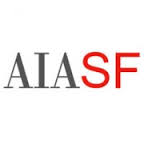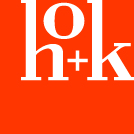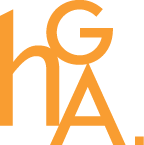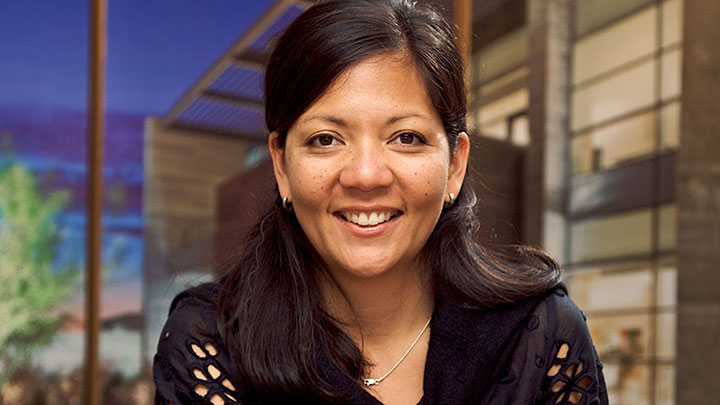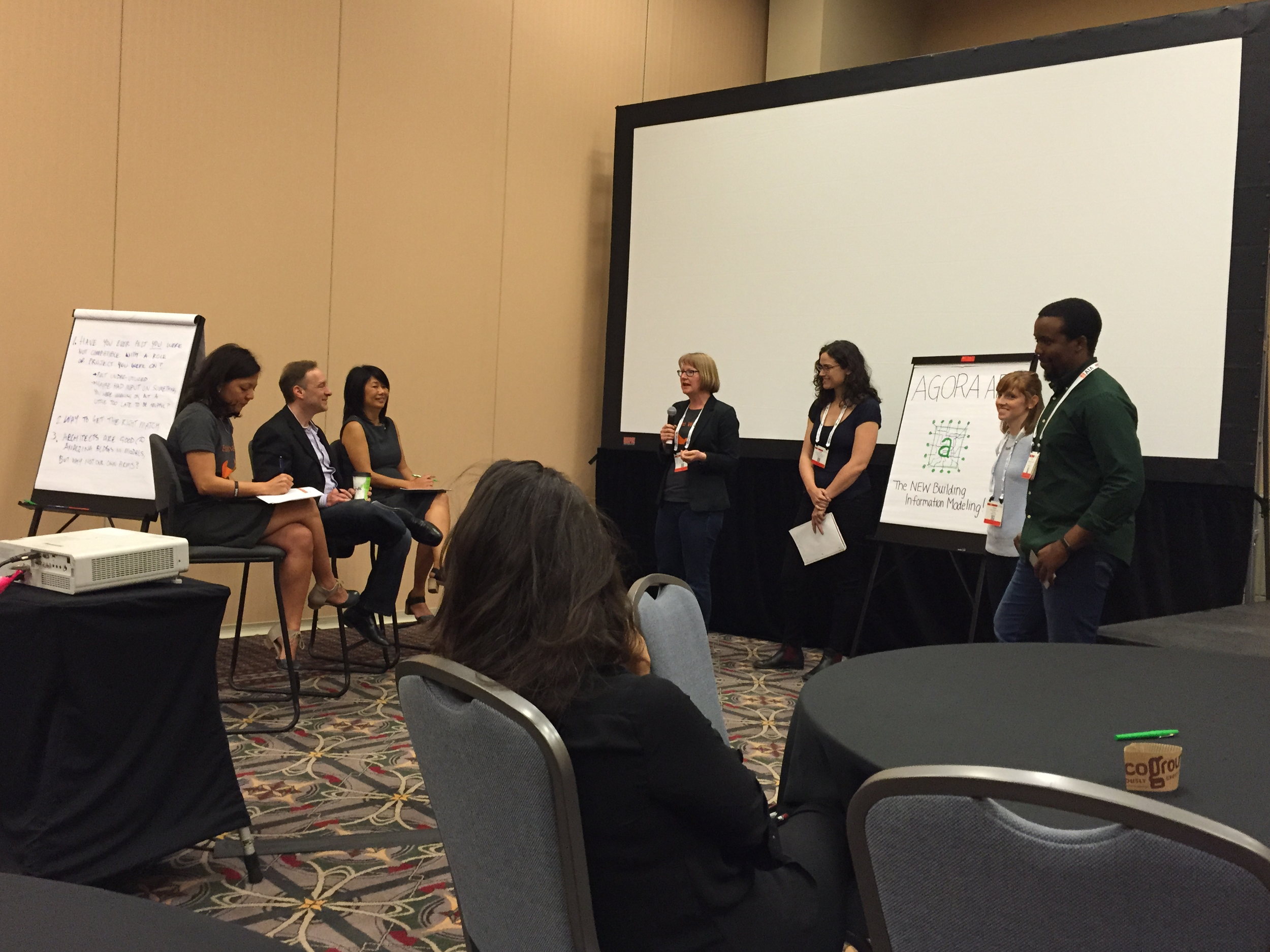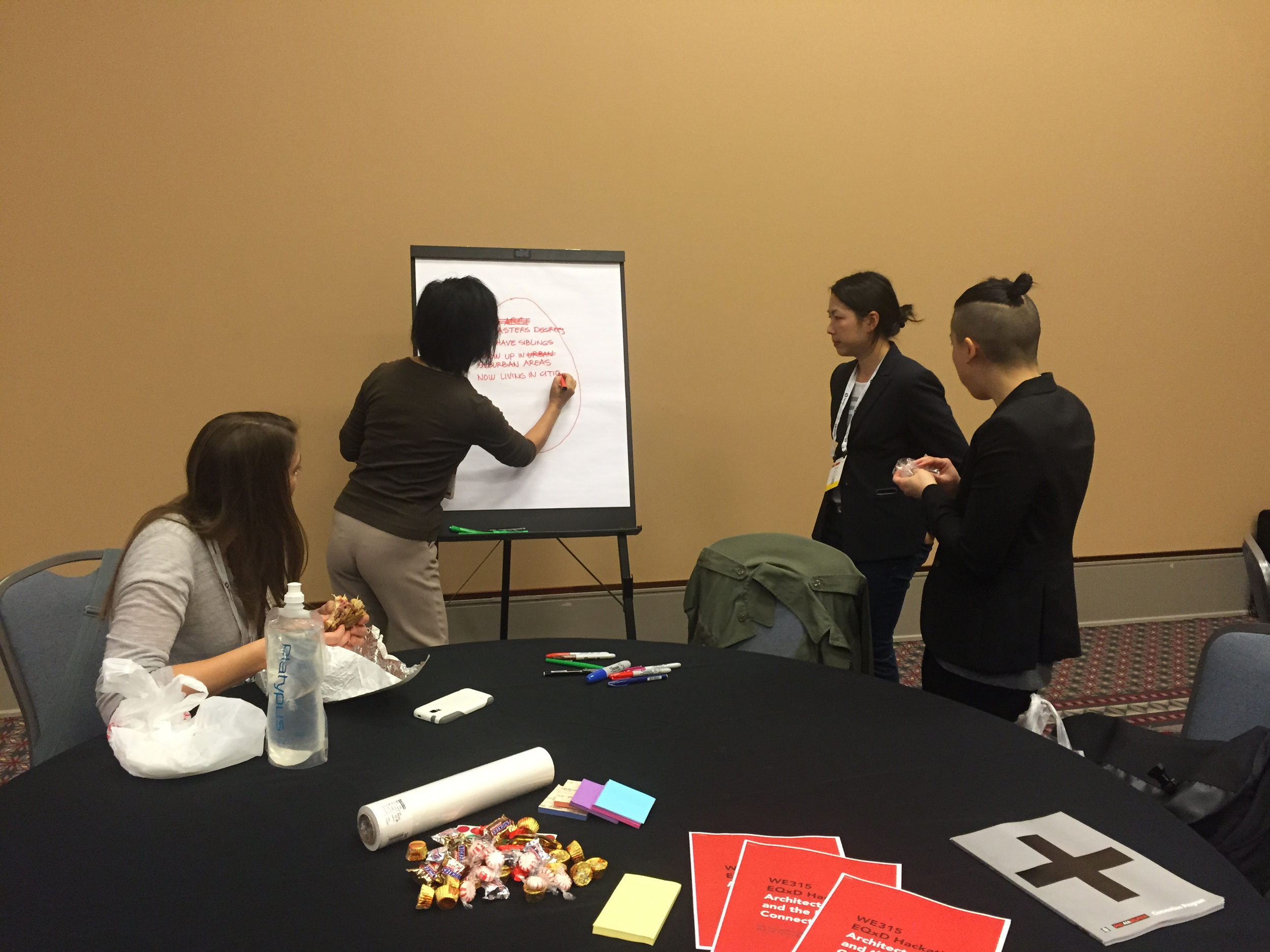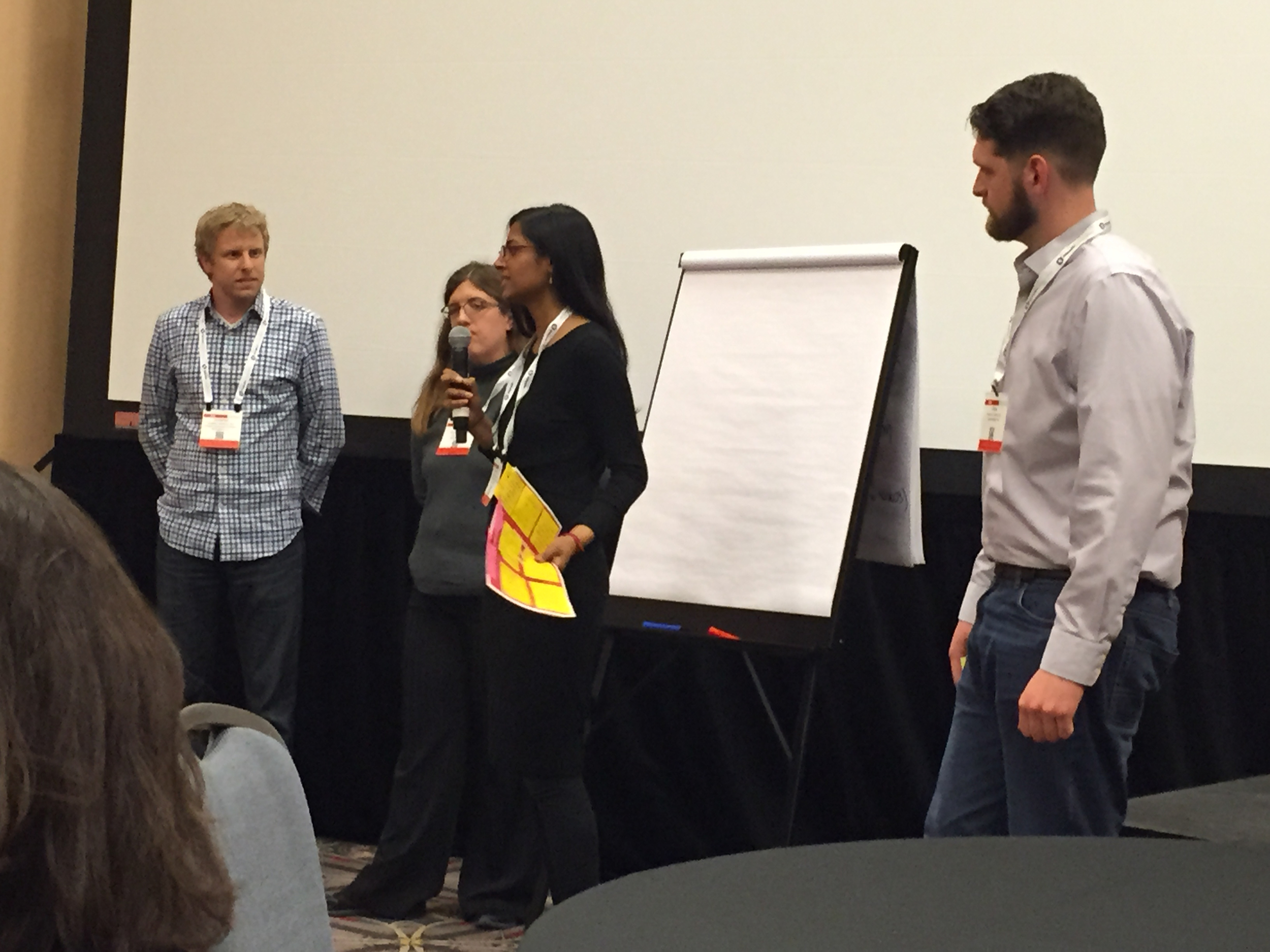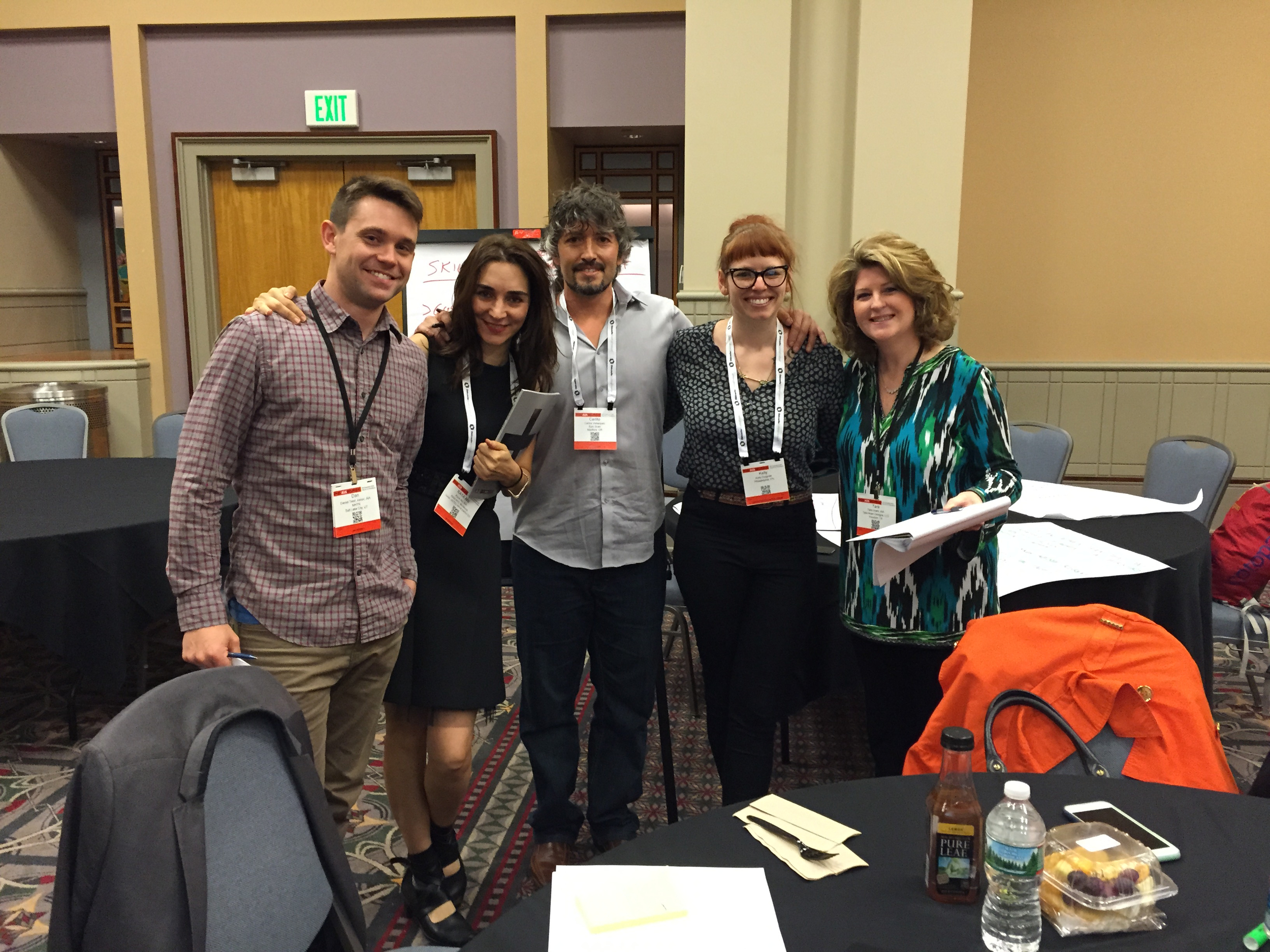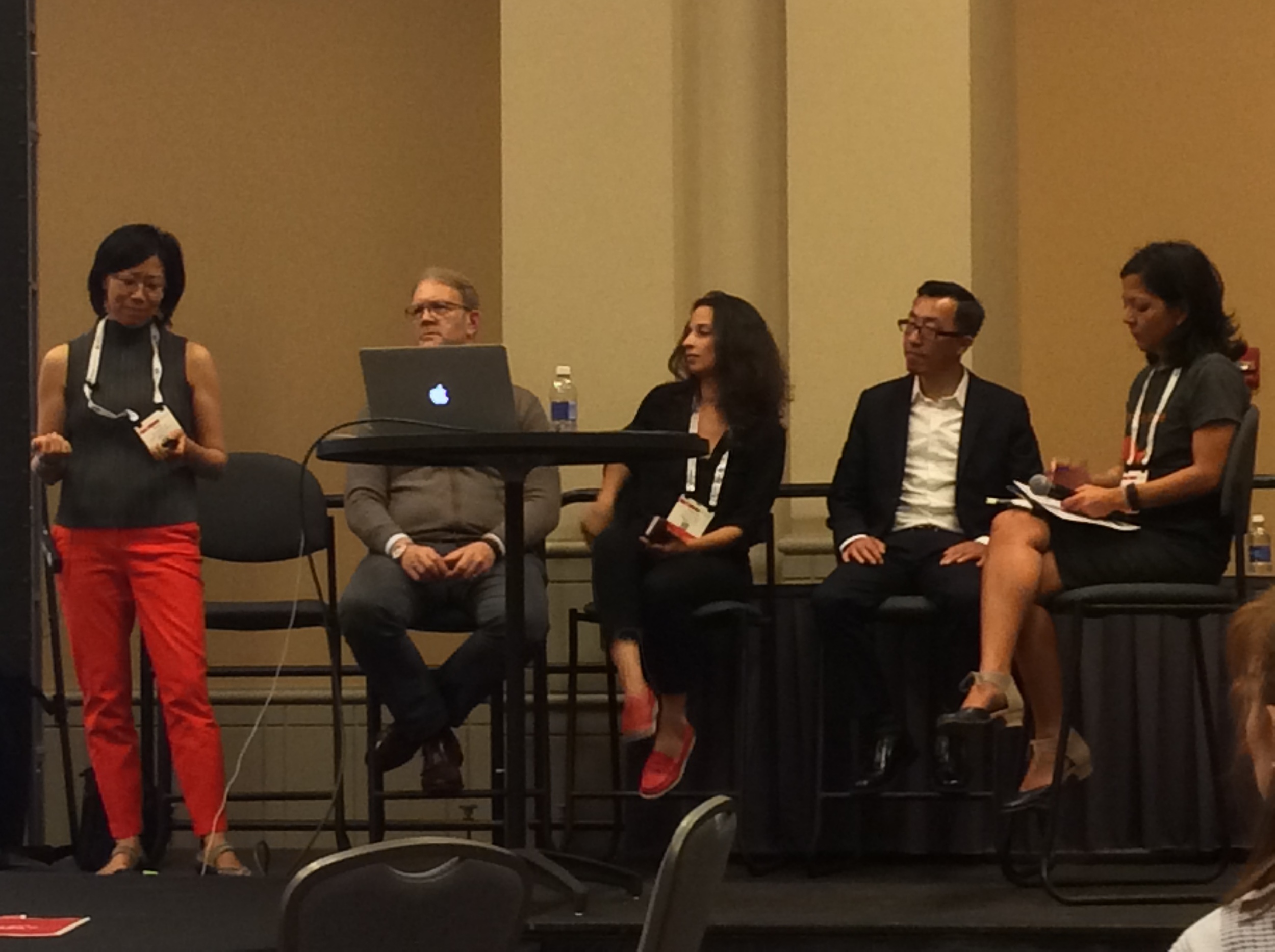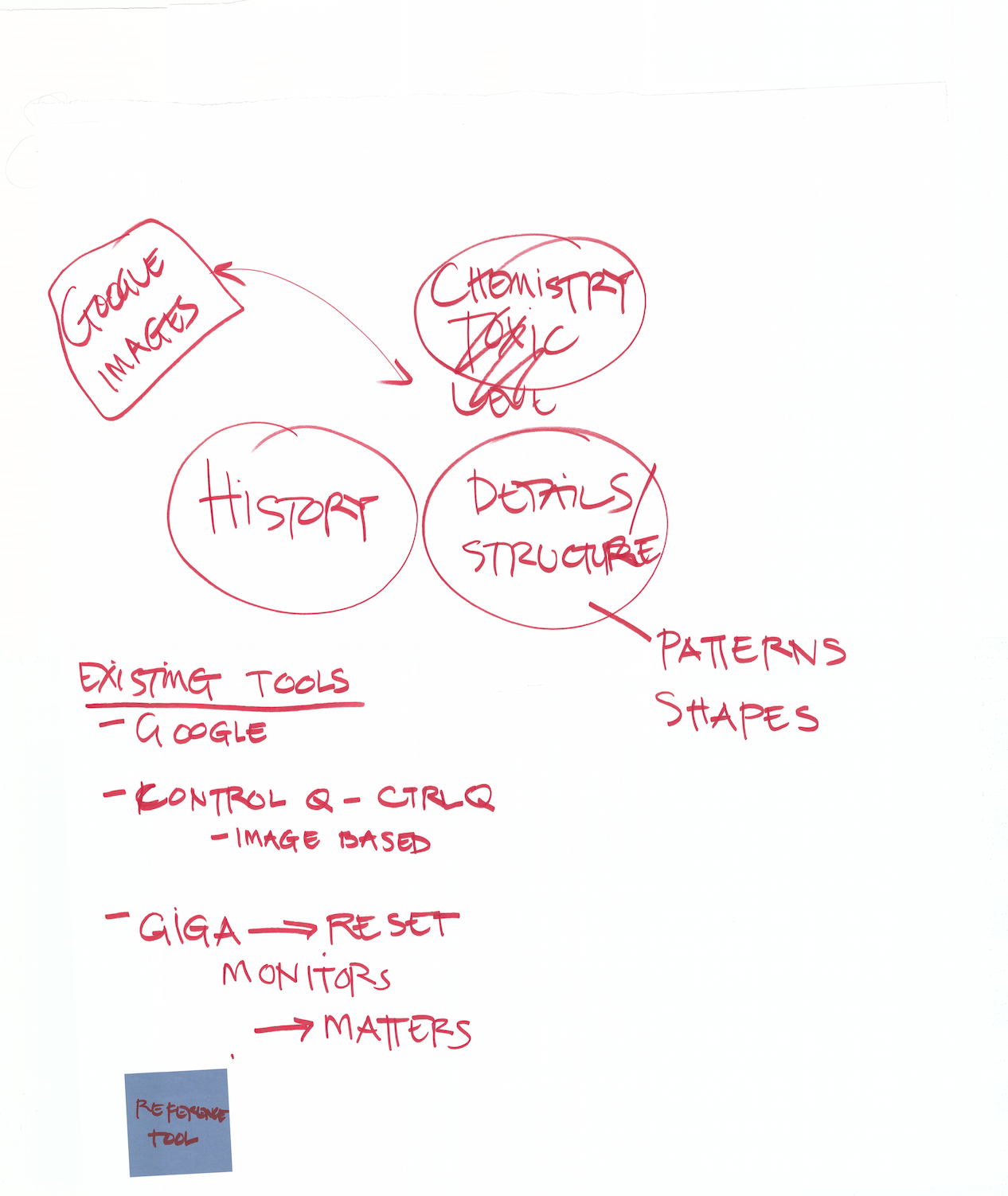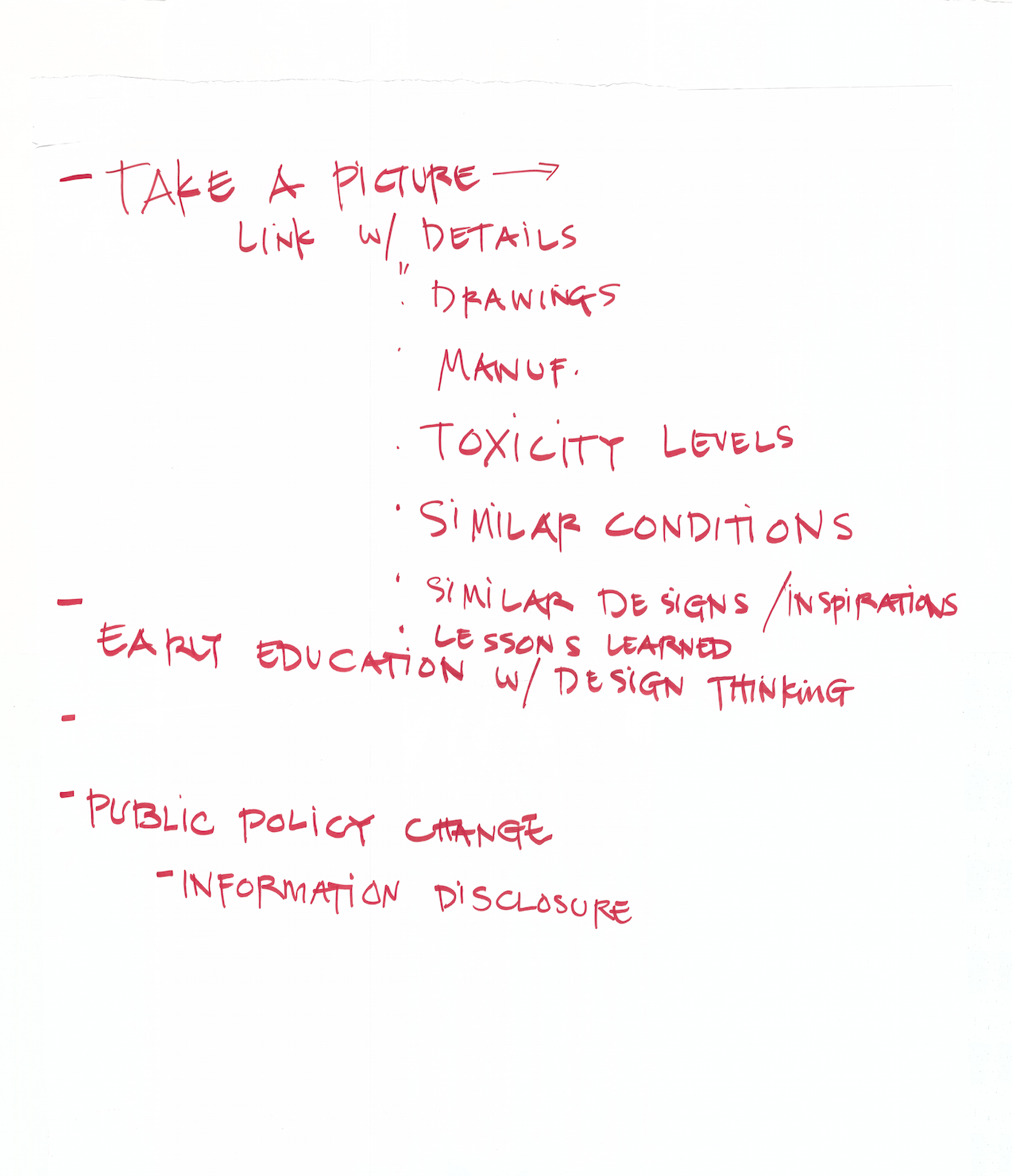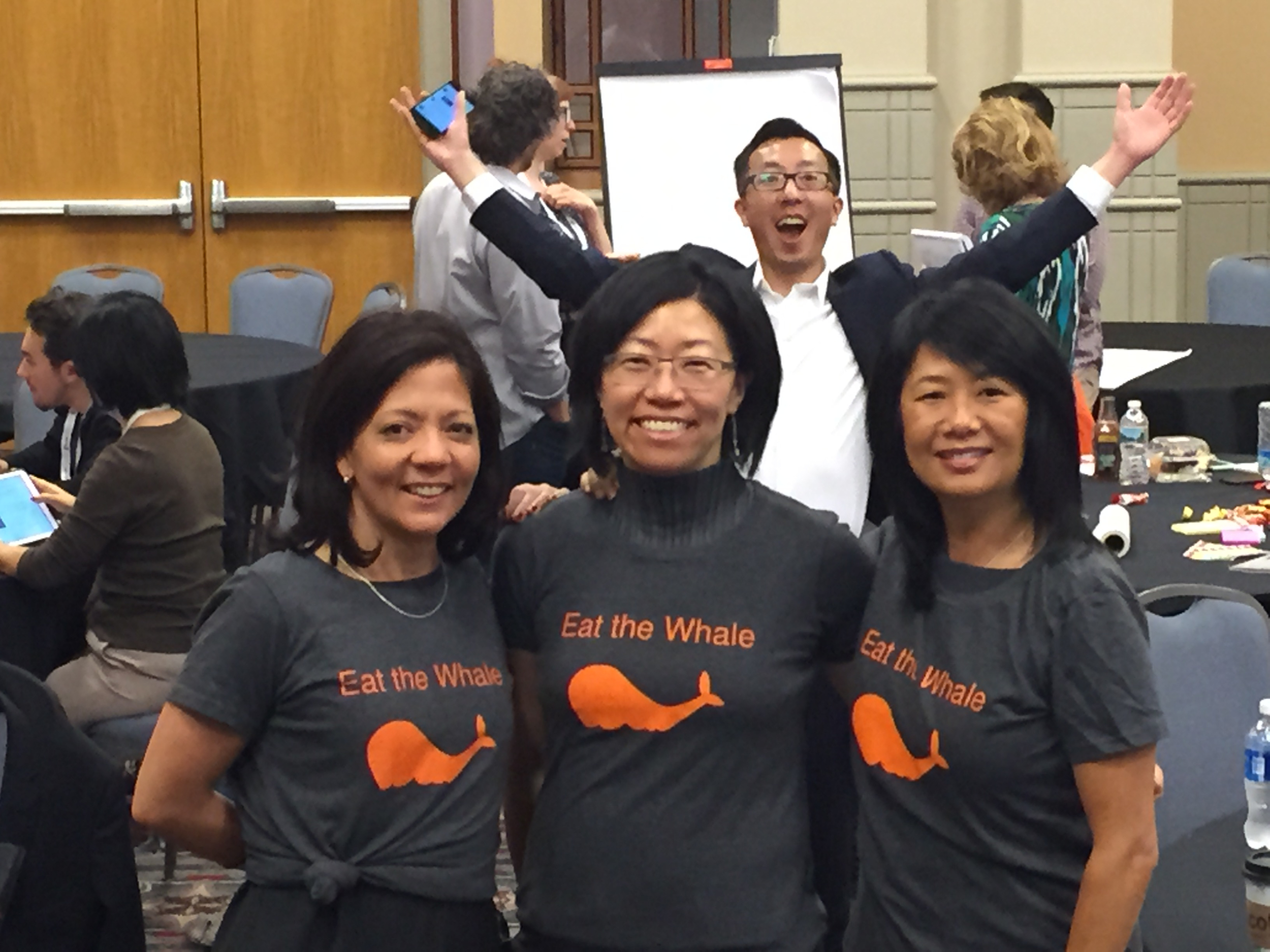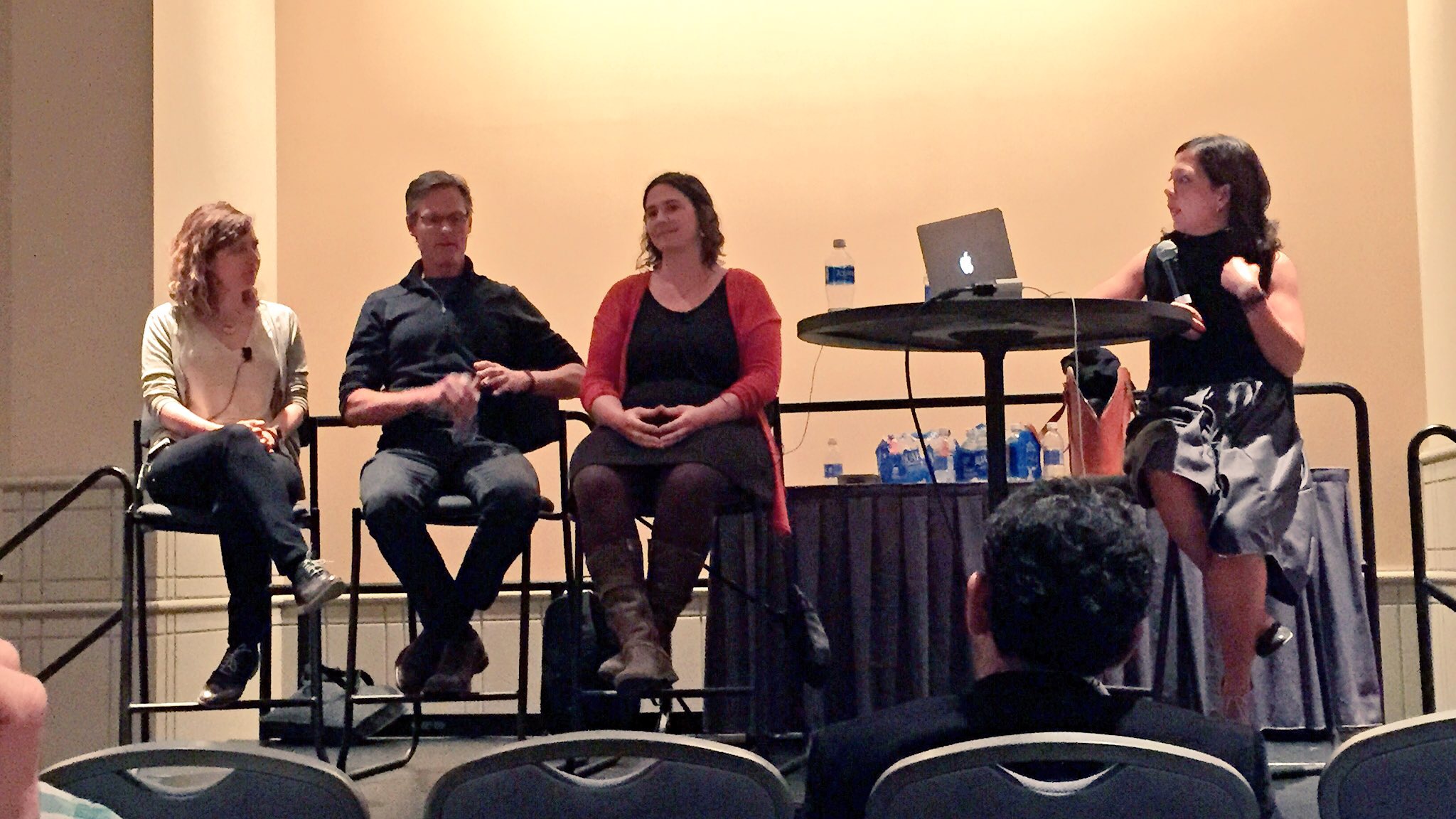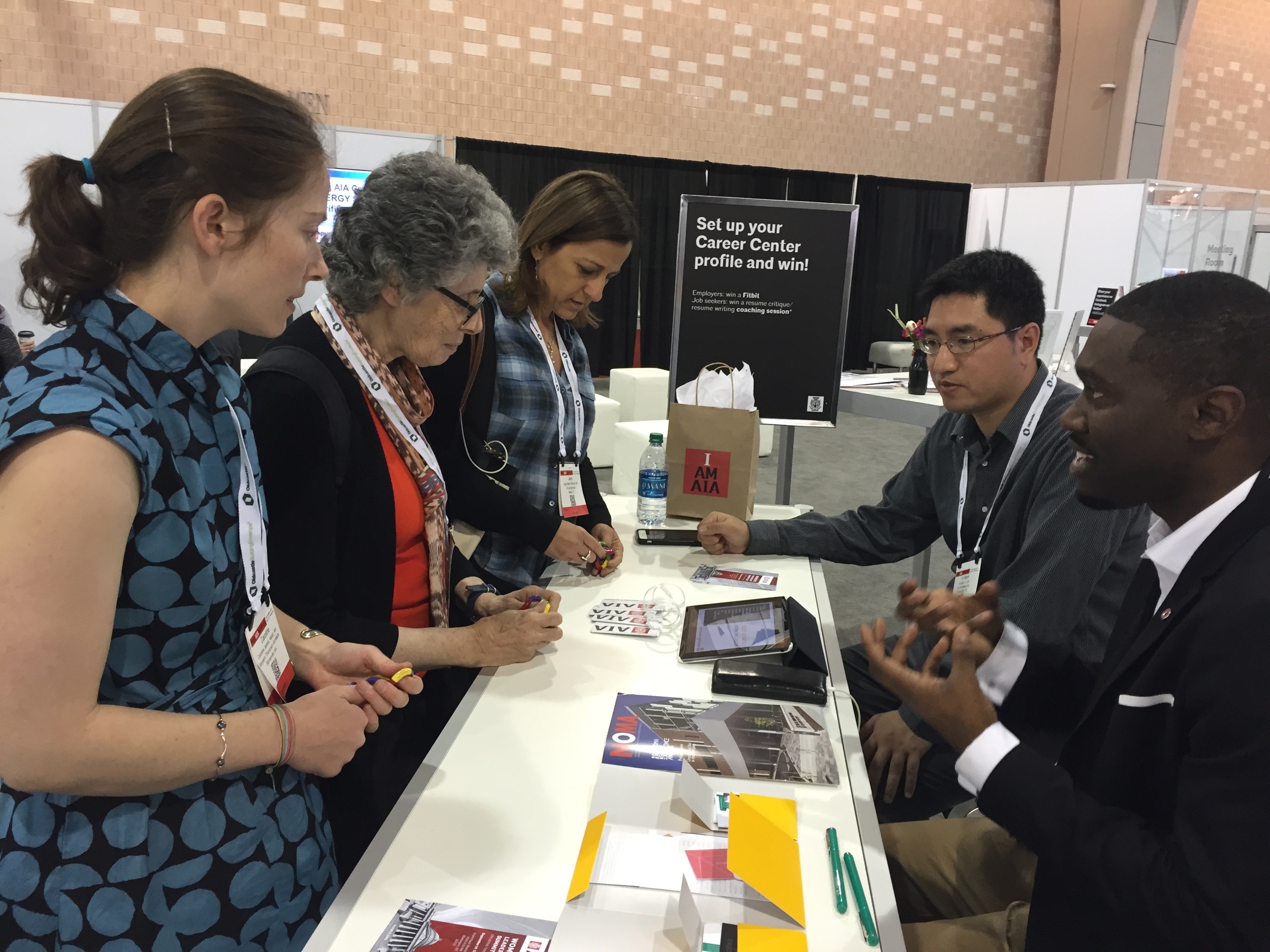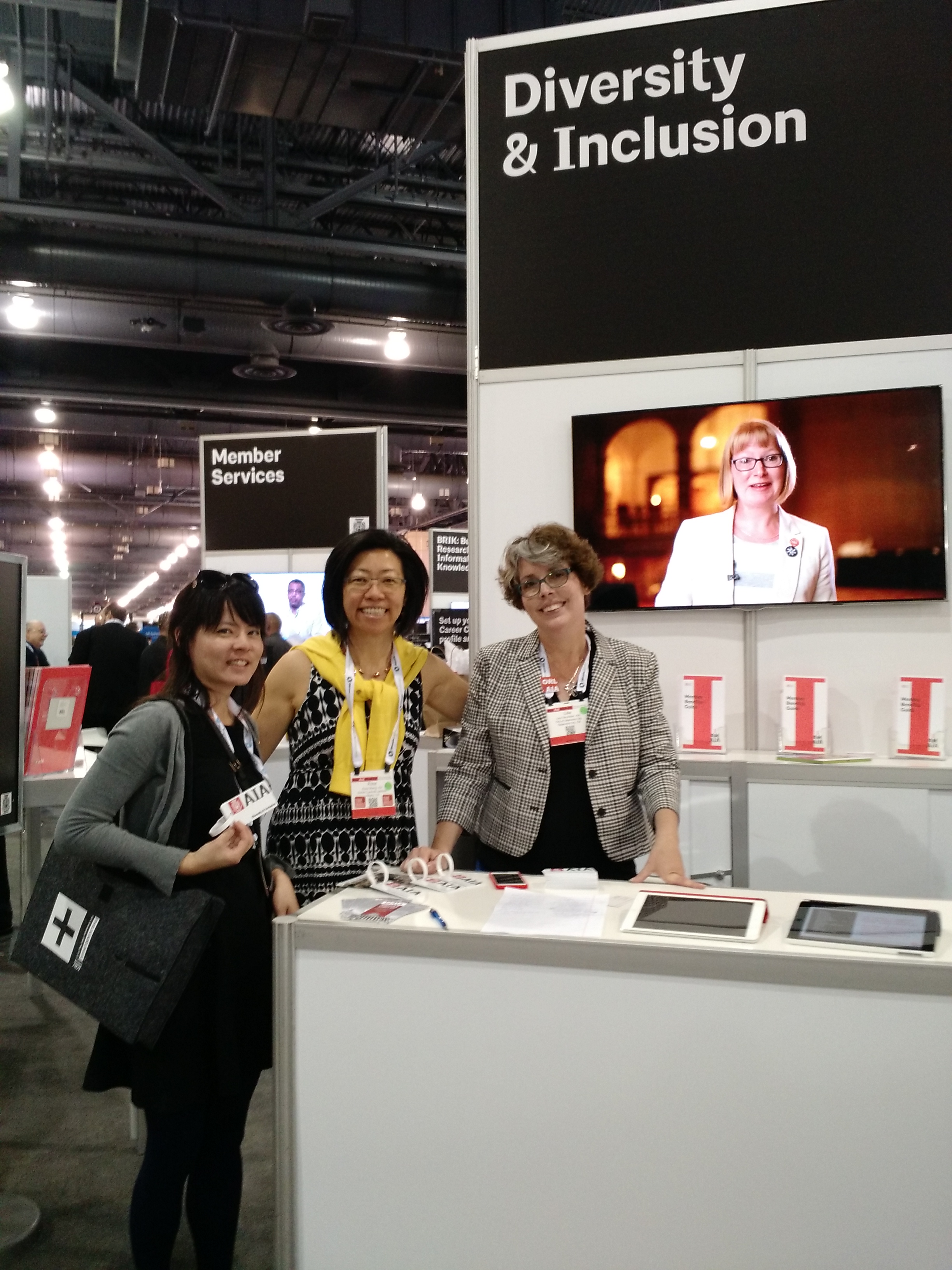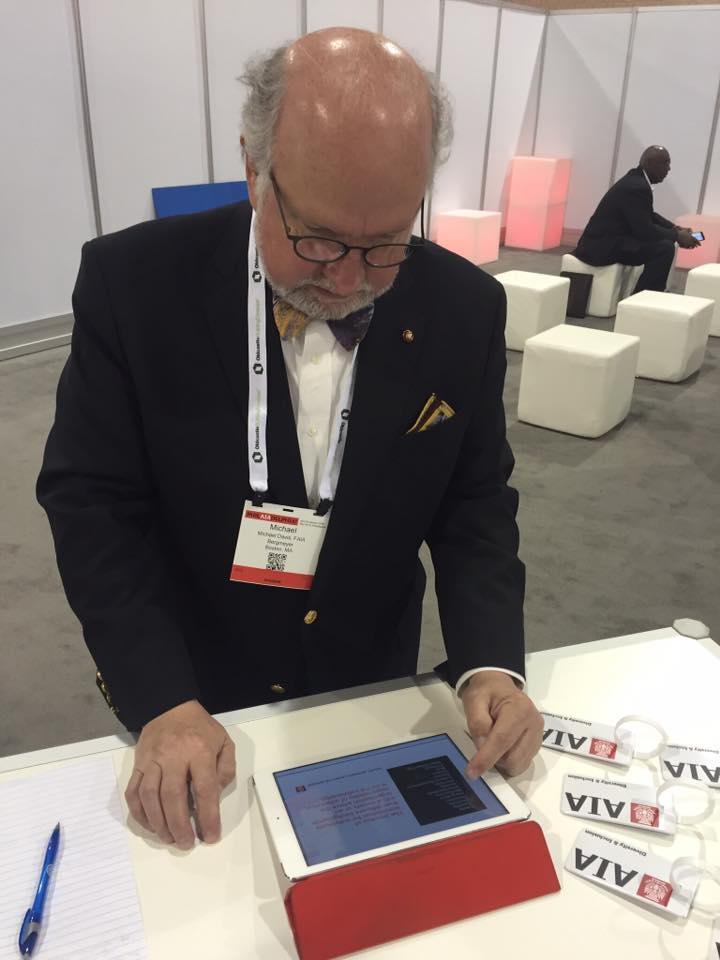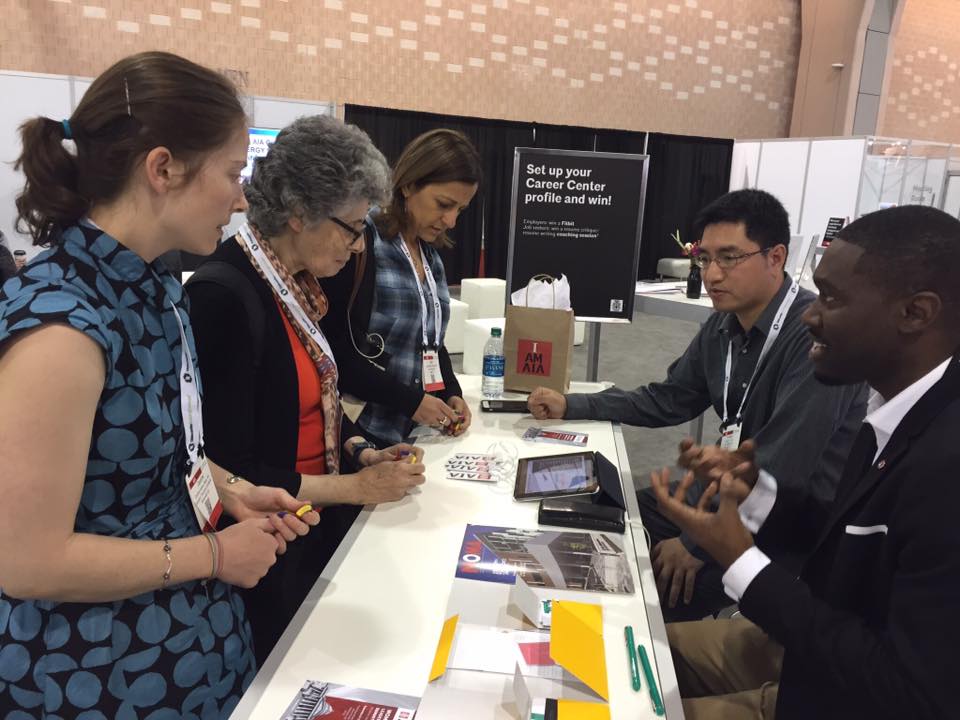HACKATHON, PART 3: PROTOTYPE
We had all experienced a similar disappointment.
“When seeking a new position within a firm, an aspiring employee will create a resume to document their skills, experiences, expertise, and interests. A lot of time on the part of the individual is spent to create this resume, and by the hiring staff to select the right applicant for the position. However, after the hire has been made, the resume is discarded and that information is often not disseminated, meaning that project managers, other principals, and the rest of the staff knows nothing about the new employee, and it is often intimidating to speak out for your own skills and interests in the new environment. This creates a profound disconnect between the hiring process and the integration of the employee into the workplace. “
-Jonathan Meadows
As our group began to list multiple issues regarding architecture, we looked to see if any of these issues could be combined and tackled by the same solution. So we outlined how we could get our arms around our “hack”.
LEARNING FROM HACKATHON METHODOLOGY: ASK WHAT’S NEXT?
Just as architects are really good at developing a BIM model and using analysis tools to study a project and find the best problem-solving solutions, we need to look within our own firms / practices to manage our talent better and more efficiently. Another way of looking at it is digitally modeling a firm environment (people, resources, etc) and using the data in a smart way to serve the firm's needs. i.e. FIM: Firm Information Management.
WHO ARE WE SERVING?
First an evaluation and method of implementation within different firms would be necessary to properly develop to tool for each organizations use. The tool, from an employee perspective, focuses on self-development and enrichment, while the employer driven design evolves into a management system.
LEARNING FROM HACKATHON METHODOLOGY: RAPID PROTOTYPING
The ultimate solution, F.I.M. (Firm Information Management), would create an individual profile for each employee to put forth those skills that make us unique to the places we work, but all towards the common goal of putting forth our best efforts in the office as a whole.
WHAT ARE THE ATTRIBUTES OF THE FRAMEWORK?
The management system provides an outlook of the firm - similar to architectural BIM models. The system is modular and allows for flexibility in its operation. An employee has an avenue through to provide a contribution, even when not assigned to a specific project, which can help in both exercising existing skills and also in developing or broadcasting an interest in new skills.
WHO ARE THE KEY PLAYERS?
Each employee within the firm creates a user profile to record their unique skills, project experience, and interests through keywords. This user profile can also harvest data from project work and ratings on comments to keep skills and experience up to date.
Each project manager creates a project profile to record their projects’ unique problems or skills required. Open questions can also be highlighted to seek input from the entire firm.
HOW DOES IT WORK?
The algorithm can then provide project managers with team members who are a good fit for their project, with a high percentage of skills matching. The algorithm can also notify employees when there are projects seeking their skills, or open questions that may interest them.
WHAT ARE OUR GOALS?
Better design * Happier clients * Happier employees * Equitable voices for all within the company * Professional development * Team optimization * Skill-sharing * Confidence builder * Molding your role * Crowdsource wisdom - efficient knowledge transfer * etc.
HOW WILL WE KNOW IT THIS IS WORKING?
We can measure reductions in the under-utilization of staff and allow for management to take advantage of developing or placing the right skillsets on certain tasks or projects. We will find effective ways to match people with projects in the office through a platform internal to a company. And, we will leverage knowledge and experience by sharing information and solutions in a transparent method.
HACKATHON, PART 4: PITCH
We considered the stated evaluation criteria: relevance to Equity by Design, User Experience, Impact, and Pitch.



